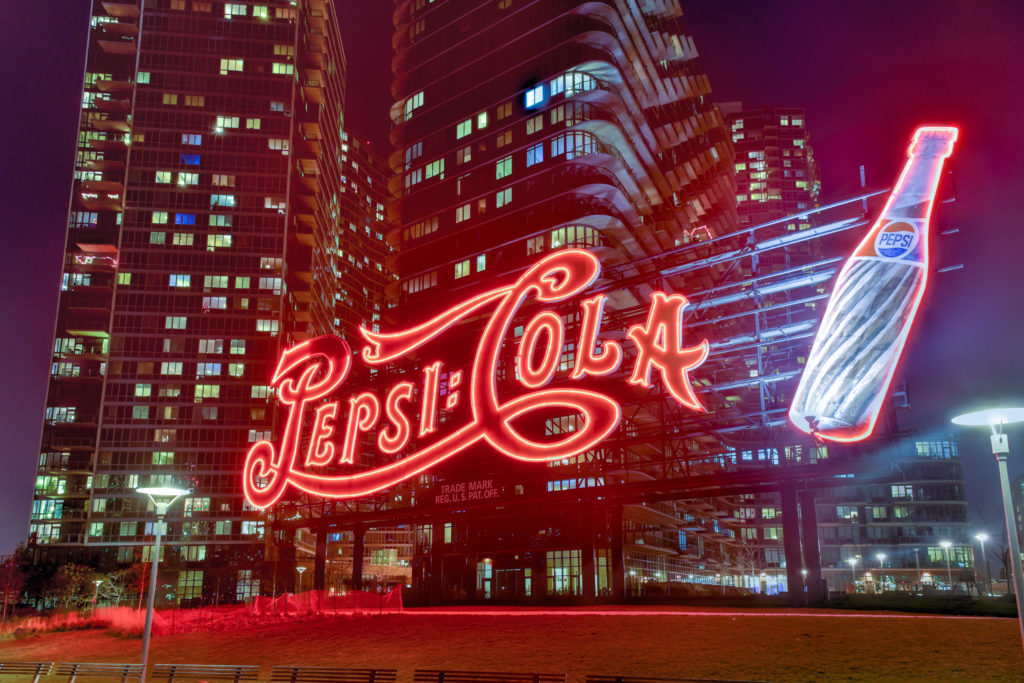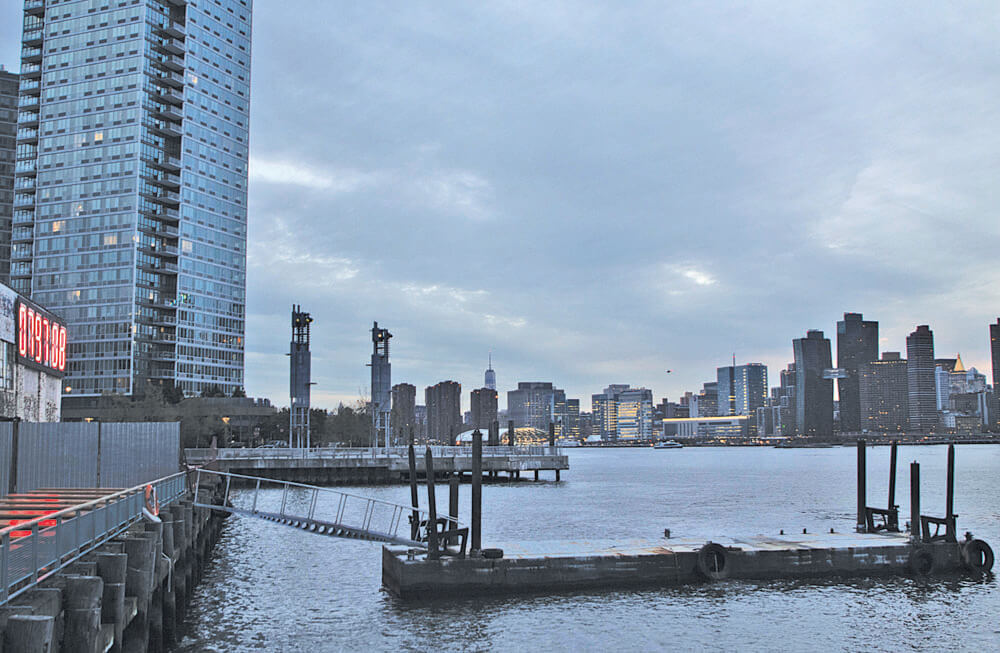Long before shimmering high-rise apartment towers and office buildings rose out of the streets, Long Island City had been one of the city’s biggest industrial hubs — home to everything from oil refineries, to plastics producers, to even Pepsi-Cola.
Over the last 50 years, the neighborhood on the East River waterfront evolved into a much different neighborhood. The blue collar industrial jobs disappeared along with the scores of low-rise factories and warehouses that dotted the landscape.
In its place came residents and corporate enterprise. It’s easy to understand why. The neighborhood’s many subway links to Manhattan — a minutes-long commute on seven of the eight subway lines serving the area — made it a natural for attracting residents who wanted to live closer to midtown, or were priced out of neighborhoods on the western side of the East River.
Corporations also looked to Long Island City for the very same reason, and numerous government-supported redevelopment programs in the neighborhood certainly enticed many businesses to open or relocate corporate offices and headquarters there.
The ever-changing community will enter a new phase soon, now that Amazon has agreed to open part of its second headquarters in Long Island City. At least 25,000 jobs will be added to the neighborhood; Governor Andrew Cuomo said that number could top out at 40,000 by 2034.
Amazon isn’t wasting any time coming to Queens, either; next year, they’ll rent out numerous floors of One Court Square, the 50-story, aqua-colored skyscraper that opened in 1990 and, for many observers, set the tone for the neighborhood’s redevelopment in the years that followed.
However, you have to go back to the late 1960s to see where the dynamic in Long Island City began to shift.
That was the last decade in which new, low-rise industrial buildings were developed in the community, as noted in a draft environmental impact statement on Plaxall’s proposed rezoning of the Anable Basin area. (The company, which has operated in Long Island City for more than 70 years and focused on plastics thermofitting, is partnering with Amazon to develop the HQ2 campus in LIC.)

The Anable Basin itself is not a natural waterway; it was carved out of the Long Island City waterfront to allow boats and barges access to oil refineries that have long since disappeared. One of the biggest industries on the basin, for much of the 20th century, was Pepsi; it had a bottling plant there topped by a iconic, cursive, red-white-and blue sign created in 1937. The sign was moved to Gantry Plaza State Park after the plant was demolished in 1999.
Overall, the first big change for Long Island City was the arrival of cultural institutions during the 1970s and 1980s. This includes P.S. 1, a former public school that the Museum of Modern Art acquired and transformed into a pop art destination and event space. Other museums showcasing the fine arts would arrive in Long Island City, including the Noguchi Museum, Socrates Sculpture Park and the Museum of the Moving Image.
But it was full-scale, city- and state-sponsored redevelopment of former industrial land, begun in the late 1990s, that sent Long Island City soaring. It began with the Queens West development, which brought a number of high-rise apartment buildings to the LIC waterfront and the creation of the 12-acre Gantry Plaza State Park.
The city created in 2001 a special LIC Mixed Use District that led to further residential and commercial development, including the creation of 1.4 million square feet of new office space in the vicinity of Court Square, the heart of the neighborhood.
After acquiring part of the Queens West property from the state (south of 50th Avenue and along the waterfront), in 2008, the city created the Special Southern Hunters Point District. This cleared the way for the development of 3,000 affordable apartments and 2,000 market-rate units, along with a number of community and commercial facilities. It also included a “continuously accessible network of waterfront parks and esplanades” along the LIC shore from the Anable Basin to close to the point where Newtown Creek meets the East River.
These projects, along with scores of other private development programs in Long Island City, sparked a boom throughout the neighborhood. More than 16,800 housing units have been completed since 2006, according to the LIC Partnership, and another 11,700 apartments will open by 2020.
As more people flocked to new developments across Long Island City, rents in the area have soared. An August 2018 report from Modern Spaces found that the average net rent was $3,412; net rents for studios, one-bedroom and two-bedroom apartments increased between 6 and 9 percent year over year. Approximately 50 percent of all luxury apartments in the neighborhood are one-bedroom units.
Retail space in the neighborhood exceeds 418,000 square feet, and another 390,000 square feet of retail development is expected through 2020, LIC Partnership reported. Numerous hotels have also opened across Long Island City; as of September 2018, 32 hotels offer more than 3,200 rooms, and another 43 hotels with more than 6,100 rooms are in the works.
Long Island City’s commercial and industrial space is also on the rise; the LIC Partnership notes that 8.2 million square feet of office space currently exists, and another 3.4 million will be added by 2020.
Today, the neighborhood has more than 39 arts and cultural institutions, over 150 restaurants, bars and cafes and five waterfront parks. More than 170,000 people call Long Island City home; more than 115,000 workers from 6,600 businesses report to work in the neighborhood every day.
The estimated 25,000 jobs that Amazon will bring to Long Island City is equal to 21.7 percent of the current neighborhood workforce. Their arrival marks yet another milestone in a neighborhood that’s been changing for years, yet remains one of the most important economic engines in Queens and the city.
Sources: Anable Basin rezoning draft environmental impact statement; “The Hidden Waters of New York City” by Sergey Kadinsky; “300 Years of Long Island City” by Vincent Seyfried; LIC Partnership; and Modern Spaces.


































